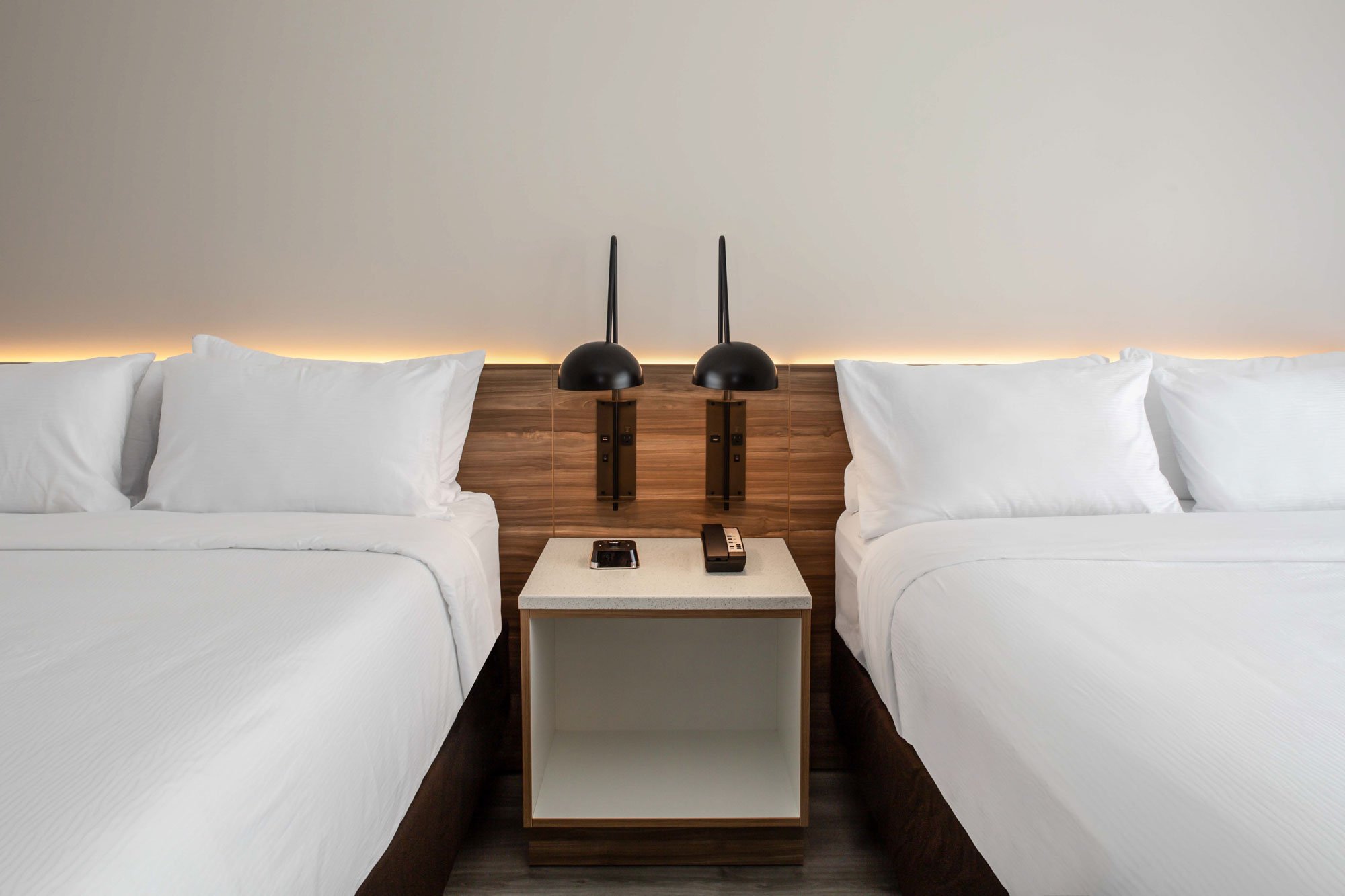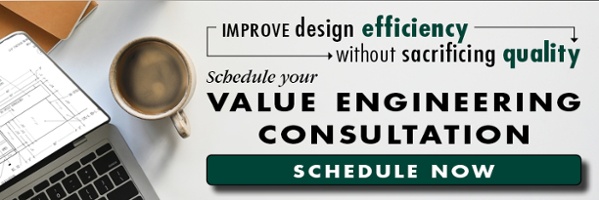
In an almost post-COVID world, budgets are being stretched as much as they were at the height of the pandemic.
Things just cost more -- hotel casegoods included.
Making matters more frustrating, there’s no guarantee that prices won’t go up further as the impact of the COVID-19 pandemic still works itself out. Accurate budget forecasting for 2022 is going to be a challenge.
That’s where having a hotel FF&E (fixtures, furniture, and equipment) reserve can be a lifesaver.
For hoteliers and hotel designers, designing next year’s annual spending plan with an appropriate FF&E reserve can help ensure a hotel casegoods project stays a reality.
What Your 2022 Hotel FF&E Reserve Budget Should Cover
The COVID-19 pandemic has changed the game at all levels of FF&E procurement, especially with costs. A hotel FF&E reserve is essential for meeting unexpected price hikes while keeping projects on-track.
For those planning to order hotel casegoods during the upcoming year, an casegoods budget reserve will go to good use because of cost increases in the hospitality ff&e industry from:
-
Materials
-
Manufacturing
-
Shipping
1. Material Costs
One of the biggest drivers for increases in hotel FF&E costs stems from the materials comprising each piece of furniture.
Supply chains of all sorts were crippled during the pandemic as both international and domestic trade all but stopped. The free flow of materials slowed to a near-trickle, leaving many suppliers and manufacturers in the lurch. The materials they were able to source came at a premium, driving prices up all the way to the end consumer and creating a long waitlist of orders.
Though the world is reopening to normal trade and commerce, materials providers and manufacturers are still contending with supply shortages. They’re also playing catchup with the backlog of orders.
In short, it will be some time before material costs return to pre-pandemic levels; higher prices are here to stay for the foreseeable future.
2. Manufacturing Costs
Another residual of COVID-19 is increases in manufacturing costs by way of employee shortages.
During the pandemic, many manufacturers were forced to operate with limited staff because of social distancing regulations, hampering normal production. A slowdown in order fulfillment also meant a reduction in revenue and operating capital. In other words, many manufacturers had to make the tough choice to lay off staff because of budget shortfalls.
Now, hospitality FF&E companies are encountering the same issue, but for a different reason. Like other industries, hotel casegoods vendors are having a tough time finding employees to fill openings. Just like during the pandemic, less capacity to meet demand means higher manufacturing costs to offset budget gaps.
3. Shipping Costs
Similar to the other increases we’ve talked about, the costs to move items from point A to point B have trended upward.
Why? There are two main reasons:
-
Fuel prices. Not only have crude oil prices gone up because of supply chain issues, but so too has demand. After spending more than a year cooped up, many Americans are looking to travel amid the eased COVID restrictions. With more people hitting the road, the laws of supply and demand for gasoline and diesel take hold.
-
A backlog of orders. Remember the long list of orders material suppliers and manufacturers are working through? As orders are being filled, they’re being shipped out, creating a surge in demand for shipping services. Delivery fees are now at a premium.
The impact of fuel prices, a shortage of couriers, and consumer demand have created a perfect storm, driving shipping costs drastically. Freight shipments that once cost around $10,000 are now costing more than double.
Setting an Appropriate FF&E Reserve
Prior to the pandemic, the rule of thumb was to set aside around 10% of your total hotel FF&E budget for a reserve. That amount was usually more than enough to cover any unexpected costs, such as price spikes from materials or labor.
Now, with the ill effects of the pandemic still present and uncertain for the future, it’s best to create a reserve that’s between 15-25% of your FF&E budget. Put simply, increased expenses mean setting aside more cash for a buffer.
Regardless of world events, having an FF&E budget reserve is just good business practice. Unforeseen expenses are the last thing anyone wants to deal with. By having an appropriately funded FF&E reserve, you’re able to meet unexpected price increases without having to reconfigure your spending plan.
Maximizing Your 2022 FF&E Budget & Reserve
While the anticipated costs for FF&E procurement in 2022 are expected to be high, there are ways to minimize their impact on your hotel budget and reserves.
Your hospitality furniture manufacturer can play a big role in how you stave off the burden of higher casegood costs.
Partnering with an hotel furniture manufacturer in the USA protects your FF&E budget from:
-
High international shipping costs and tariffs
-
Costly project delays
-
Increased risk for damage during delivery (usually more than 10% of an internationally produced order is damaged while in-transit)
-
International supply chain disruptions
An experienced casegoods vendor can also help you value engineer hotel furniture that meets function and budgetary needs. Through value engineering, your hotel furniture is:
-
Designed without unnecessary elements
-
Efficiently produced, delivered, and installed
-
Built to last
-
Easy to maintain
Hotel FF&E Budget Reserve: A Financial Safety Net
Creating an adequate budget during “normal times” is challenging enough. But there’s nothing more frustrating than having to rework a spending plan and reallocate funds because of unexpected expenses.
With a healthy reserve tacked onto your FF&E budget for 2022, you’ll rest easier about meeting the unexpected demands of the next calendar year.
Value Engineering? That’s Our Specialty!
Set up a free, 30-minute consultation with a member of our team to discuss your project and its budgetary concerns.

